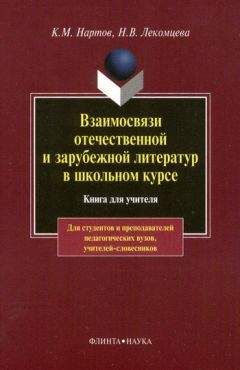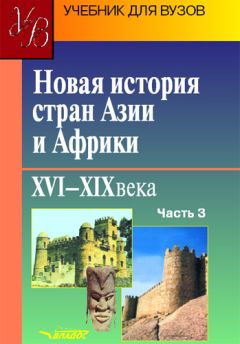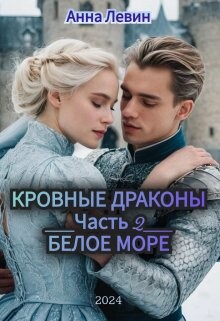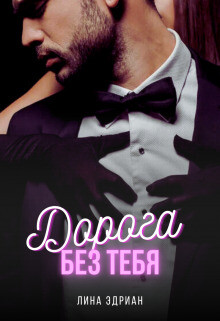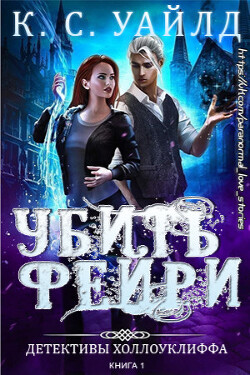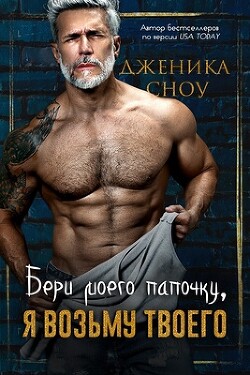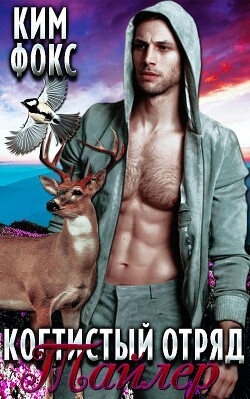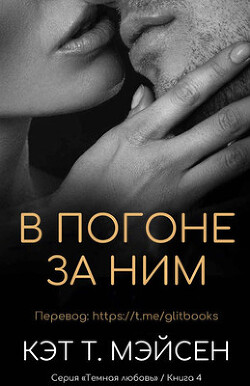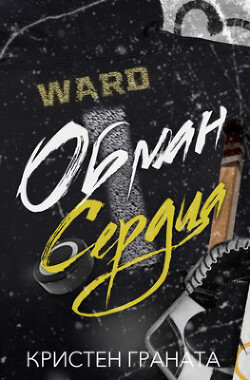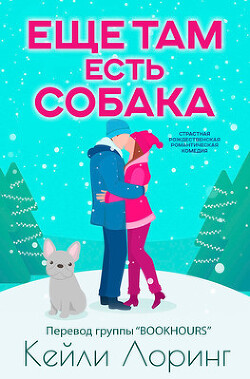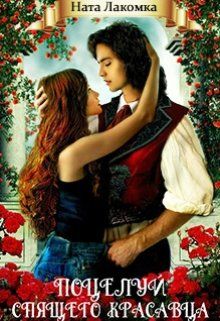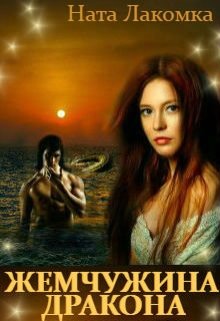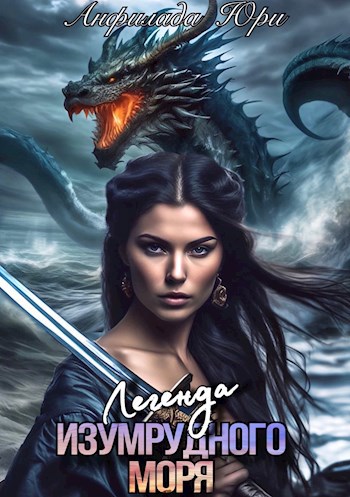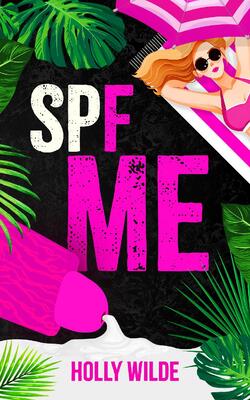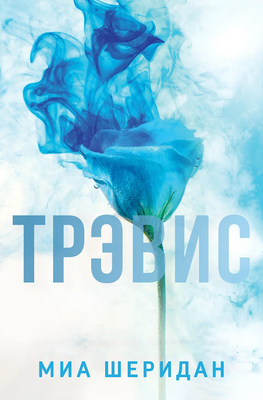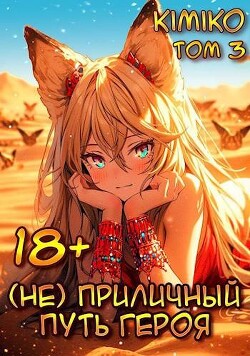Елеазар Мелетинский - Поэтика мифа

Помощь проекту
Поэтика мифа читать книгу онлайн
The second part contains the general characteristic of archaic and ancient myths focussing upon points of controversy mentioned in the first part (mythology of time, myth and ritual, mythology of personality and social medium, etc.). Some preliminary arguments are followed by the analysis of general characteristics of primeval thought and myth functions, «mythical time> and its «paradigms», and the survey of the typical for archaic mythology culture heroes protoancestors – demiurges and correlated heroes of archaic creation myths.
A special chapter deals with the ethnology of social medium and incest myths connected with it. Further on the material of archaic tribal myths is gradually substituted for developed mythological systems of early civilizations. Examination of chaos – cosmos correlation (transformation of chaos into cosmos constitutes the content of any mythology) and variants of mythological cosmogenesis is succeeded by the analysis of fundamental universal models, then calendar myths, cosmic cycles and eschatological myths, as well as heroic myths and interrelated rites of passage. Special significance is attached to the analysis of semantics of the mythological plot and mythological system on the basis of structural-semiotic methods. There is, in particular, a comparative-typological analysis of various developed mythological systems of ancient civilizations (Egypt, Babylon, Greece, India, China, etc.). The concluding chapter of the second part deals with myth interrelations with tale and epos and the onset of demythicizing process in folklore. The archaic fairy-tale is structurally equivalent to myth, but the classical European fairy-tale with its complex hierarchic three-stage structure treats myth as a sort of more liberal metastructure. The process of demythicizing in a fairy-tale comprises dissociation from ritual, substitute of mythical time for an indefinite one, abandonment of the mythical hero and transferring the accent from the cosmic fate to an individual one, withdrawal from ethnographically strict beliefs and transition to the conventional poetic imagery, admittance of fiction, etc. The archaic epos (before state consolidation) makes use of the mythic language and synthesizes heroic fairy-tales with the myths about culture heroes protoancestors. Epos in ancient agrarian societies employs ritual models tied with calendar mythology.
The third part is concerned with mythology in the 20th century literature, novels almost exclusively. The novel was previously as far from mythological motifs as it could be, but became the field of modernist renaissance of myth now. Mythology united with in-depth micropsychology and symbolic leitmotifs, which can be traced bade to Wagner musical drama, became an instrument of material organization in the modem novel, on its way of classical forms transformation and detachment from the traditional 19th oen-tury realism. The social-historical approach determined the structure of the 19th century novel to a large degree. Attempts to go beyond its rigid framework or above its level could not but shatter this structure. Unavoidably the empirical life material, social material as it is, became more spontaneous and unorganized, which was compensated by the action becoming internal (inside monologues, stream of consciousness, subconscious complexes) and symbolic, even mythologically so. Myth being totally symbolic, turned out to be a-convenient language for description of eternal models (archetypes) of personal and social behaviour, certain existential laws'of social and natural cosmos indistinctly apparent against the background of empiric context and historical changes; myth developed info an instrument of the structural analysis of the narrative, rid of social-historic and space-time aspects, fo-cussing up.on revealing the metaphorically eternal generalized contents. The mythological approach conditioned by an in-depth» psychological analysis is not levelled at social types or individual characters but at some everyman emancipated of social context. Here the catalyst was psychoanalysis especially its Jung variant, which is nothing but a paradox since the true origin myths are still aimed at unconditional subordination of personal emotions to the social cosmos. The gap between the unhealthy psychology of a lonely or oppressed individual of the 20th century and the pre-reflective, extremely social psychology of archaic communities could be only bridged at the expense of modernization of the origin myth; the awesome span separating a modern man from authentic original creators of myths is mollified by irony and selfirony. A deeper understanding of myth in the 20th century novel (as compared even to the 19th century romantic novel) is blended even more than in ethnology (but backed by modern theories of myth and analytical psychology and ritualism in particular) with modernization tendencies characteristic of the 20th century social situation.
The literary mythology of the 20th century is indebted to modern theories of myth and in the first place to those of Frazer and Jung. The «sacred marriage» and «scapegoat» models were borrowed by Lawrence mainly from «The Golden Bough». In T. Mann's «Magic Mountain» the amorous attachments of Hans Kastorp and later of Pepercorn with madame Chochat, the suicide of Pepercorn, numerous hints at initiation rituals and many other items correspond to Frazer's ritualemes of agrarian festivities with the «sacred marriage», ritual death of the kingpriest, etc. Of the same stock are frequent allusions to the myths of dying and resurrecting gods in T. Mann's «Joseph and his Brothers». T. Mann's and Joyce's symbols of eternal resurrection and rejuvenation. In «Finnegan's Wake» Joyce also makes use of the Buddhist and anthroposophic variants of metempsychosis and reincarnation and of Vice's and Quinet's cyclic ideas. The organizing principle in «Finnegan's Wake» and «Joseph and his Brothers» is, along with the cyclic factor, the view of myth as a collective unconscious in an individual's mind which is close to Jung theories.
Not all 20th century literary neomythologicai theories went as far as creating its own poetics of mythologizing. The necromantic apology of myth on the contents level (Nietzschean in Lawrence's works and national revolutionary in many of the «third world» writers' books) should be differentiated from the proper mythologizing poetics employed for genre formation (Joyce, T. Mann, Marquez, Updike and many others) and this latter one from spontaneous mythicizing, that is constructing a symbolic universal model by myth-like fiction using no traditional mythological images (Kafka). It is the comparison of Kafka and Joyce that gives one a clear idea of the contemporary basis of modernistic mythologizing poetics.
The poetics of mythologizing features some permanent traits – such as the well-known contraposition of history and universal psychology (based on analytical psychology), mythological syncretism and pluralism, elements of irony and travesty, the use of cyclic ritualistic mythological reiteration (supported by ritualism) to express universal archetypes, «fluidity» of dramatis personae and easily changeable social roles and masks, elements of absurd aesthetics (the Levy-Bruhl idea of the prelogic contributes to that), etc. Comparison of dramatis personae in «Ulysses» and «Odyssey», transformation of the Irvicker family into Celtic legend heroes, identification'of several generatipns of Biblical heroes in «Joseph», all this lays emphasis on universal reiteration of archetypes and the feeling of insoluble nature of some basic collisions characteristic of a 20th century western man. Contrary to inevitable travesty, everything merges on the mythological level (eg. promiscuous singer Molly and devoted Penelope merge in a single image of the fertility and love goddess; compare: madame Chochat and Venus; fidgety running of wretched Bloom and the wanders of Odyssey the epic hero, etc.). This is stressed by piling up parallels from different mythologies, often resulting in comparison to incompatible personages (Bloom, for example, is not only Odyssey, but at the same time Adam, Moses, Wandering Jew and even Christ) which once more emphasizes the vagueness of boundaries between themes and dramatis personae, the single unaltering essense under various masks, for Joyce it was inanity of history.
These quite modem ideas, in no way adequate to ancient myths, of personalities being levelled off and situations eternally repeated and individual's social isolation in the 20th century community are expressed by spontaneous mythologists like Kafka in other ways as compared to Joyce. There are no mythical parallels, endless reiterations and cyclic death-resurrection myths, Kafka focusses on inability of the hero to change the situation, escape the Process or reach the Castle; Levelling is expressed through clothes and not mythological masks. Contrary to Joyce, Kafka's plot looks like anti-myth; Hunter Grakh dies but is not able to reach the Kingdom of the Dead, the hero of «The Castle» never passes initiation, the hero of «Metamorphosis» unlike totemic myth heroes is hopelessly dissociated from his kin, etc. Alienation phantasies are translated by Kafka as an absurd disruption of communications (information, understanding) between the object and the subject on a metaphysical level (which psychologically takes the form of hero's guilt and socially of his underserved persecutions). But, as it has already been said, the comparison of Joyce and Kafka helps to reveal a purely modernistic aspect in the mythologizing poetics which comes into conflict with the true meaning; of traditional myths.
Mythologizing appears to be internally 'tied with the aesthetics of modernism. However, the poetics of mythcjiogizing has become a definite artistic method (mythological «grid» for riiodem themes at first, then «myth-novels» like «Finnegan's Wake» or «Josieph and his Brothers») and may be employed differently by writers of different outlook and even different creative method. This poetics is first of all the expression of the «horror of history» for Joyce and for T. Mann, who cannot be squeezed into the framework of modernism, and never arts his ties with realism, myth serves for symbolic consolidation of the historical experience of mankind on its way of progress. In «Joseph and/his Brothers» a cyclic moment may be combined with a linear one, identification of heroes with ancestors and gods is additionally viewed from aside as an archaic naive consciousness, as mythical «moon grammar».
Modem Latin American (Marquez and others) and Afro-Asian writers (Kateb Jasin and others) employ the myth poetics supported unlike in western literature by living folklore traditions to express stability of their national models.
Notes
note 1
Литература по истории изучения мифологии небогата. Из относительно новых работ можно рекомендовать кроме содержательной статьи: А. Ф. Лосев, Мифология, – «Философская энциклопедия», т. 3, M., 1964, стр. 457 – 466, обзорный очерк известного голландского германиста: J. de Vries, Forschungsgeschichte der Mythologie, Munchen – Freiburg, 1961. Много материала по истории мифологии содержится в кн.: Д ж. Коккьяра, История фольклористики в Европе, с предисл. Е. М. Мелетинского, М., 1960, а по изучению мифов в России. в кн.: М. К. Азадовский, История русской фольклористики, тт. I – II, М., 1958 – 1963.
note 2
См.: А. Ф. Лосев, История античной эстетики, тт. I – IV, 1963 – 1975 (там же богатейшая библиография).
note 3
А. Ф. Лосев, История античной эстетики (Софисты. Сократ. Платон), М., 1964, стр. 561.
note 4
Ср.: Л. Баткин, Ренессансный миф о человеке, – «Вопросы литературы» (далее – ВЛ), 1971, № 9, стр.112 – 133.
note 5
Дж. Вико, Основания новой науки об общей природе наций, со вступит, ст. М. А. Лифшица, Л., 1940, стр. 87 (далее ссылки в тексте даны по этому изданию).
note 6
К. Маркс, Ф. Лассалю, 28 апреля 1862 г., – К. Маркс, Ф. Энгельс, Сочинения, изд. 2, т. 30, стр. 512.
note 7
К. Ph. Moritz, Gotterlehre oder mythologische Dichtungen der Alten, Berlin, 1791; G. F. Creuzer, Symbolik und Mythologie der alien Volker, Bd l – 3, Leipzig – Darmstadt, 1836 – 1843; J. von Gorres, Mythen-geschichte der asiatischen Welt, Bd l – 2, Heidelberg, 1810; I. A. Kanne, erste Urkunden der Geschichte oder allgemeinen Mythologie, Berlin, 1908; J. Grimm, Deutsche Mythologie, Gottingen, 1935.
note 8
Ф. Шлегель, История древней и новой литературы, ч. 1 – 2, СПб., 1824 – 1830.
note 9
F. W. von Schelling, Einleitung in die Philosophie der Mythologie, Samtliche Werke, 2 Abt., Bd l, Stuttgart – Augsburg, 1856; его же, Philosophie der Mythologie, – – там же, 2 Abt., Bd 2, Stuttgart, 1857 (ср.: Schellings Werke. Auswahl, hrsg. von 0. Weiss, Bd 3, Leipzig, 1907); Ф. В. Шеллинг, Философия искусства, М., 1966 (ссылки в тексте даны по этому изданию).
note 10
R. Weimann, Literaturwissenschaft und Mythologie. Vorfragen einer methodologischen Kritik, – «Sinn und Form», Berlin, 1967, 2-te Heft (имеется русский перевод этой статьи в кн.: Р. Веиман, История литературы и мифология, М., 1975, стр. 260 – 302).
note 11
M. Мюллер, Сравнительная мифология, – «Летописи русской литературы и древности», т. V, М., 1963; его же. Наука о языке, вып. 1 – 2, Воронеж, 1868 – 1870; A. Kuhn, Herabkunft des Feuers und Gottertrank, Berlin, 1859; его же, Entwicklungsstufen der Mythenbildung, Berlin, 1873; A. De Gubematis, Zoological Mythology, London, 1872; L. W. Schwartz, Der Ursprung der Mythologie, Berlin, I860; W. Mannhardt, Wald – und Feldkulte, Bd l – 2, Berlin, 1875 – 1877; Ф. И. Буслаев, Исторические очерки русской народной словесности и искусства, тт. 1 – 2, СПб., 1861; А. Н. Афанасьев, Поэтические воззрения славян на природу, тт. 1 – 3, М., 1865 – 1869.
note 12
Э. Тэйлор, Первобытная культура, М., 1939; Э. Лэнг, Мифология, М., 1901; A. Lang, Myth, Ritual and Religion, vol. 1 – 2, London, 1887. О борьбе Лэнга и «антропологов» со школой М. Мюллера см.: R. M. Dогson. The Eclipse of Solar Mythology, – «Journal of American Folklore» (далее – JAF), 1955, № 68,стр. 393 – 416.

